The world’s most prestigious photography festival returns to the south of France this summer. BJP’s editor Diane Smyth reports on the opening week
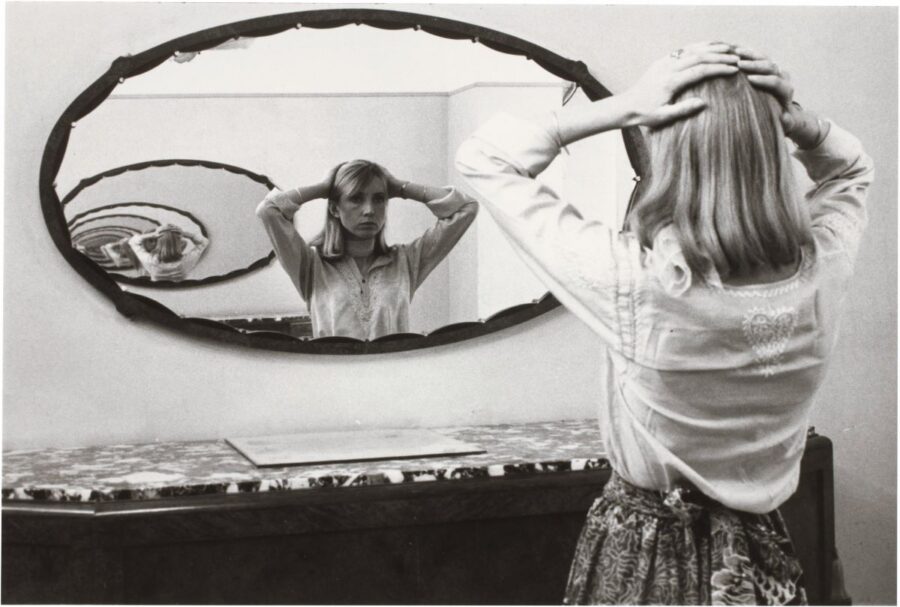

The world’s most prestigious photography festival returns to the south of France this summer. BJP’s editor Diane Smyth reports on the opening week
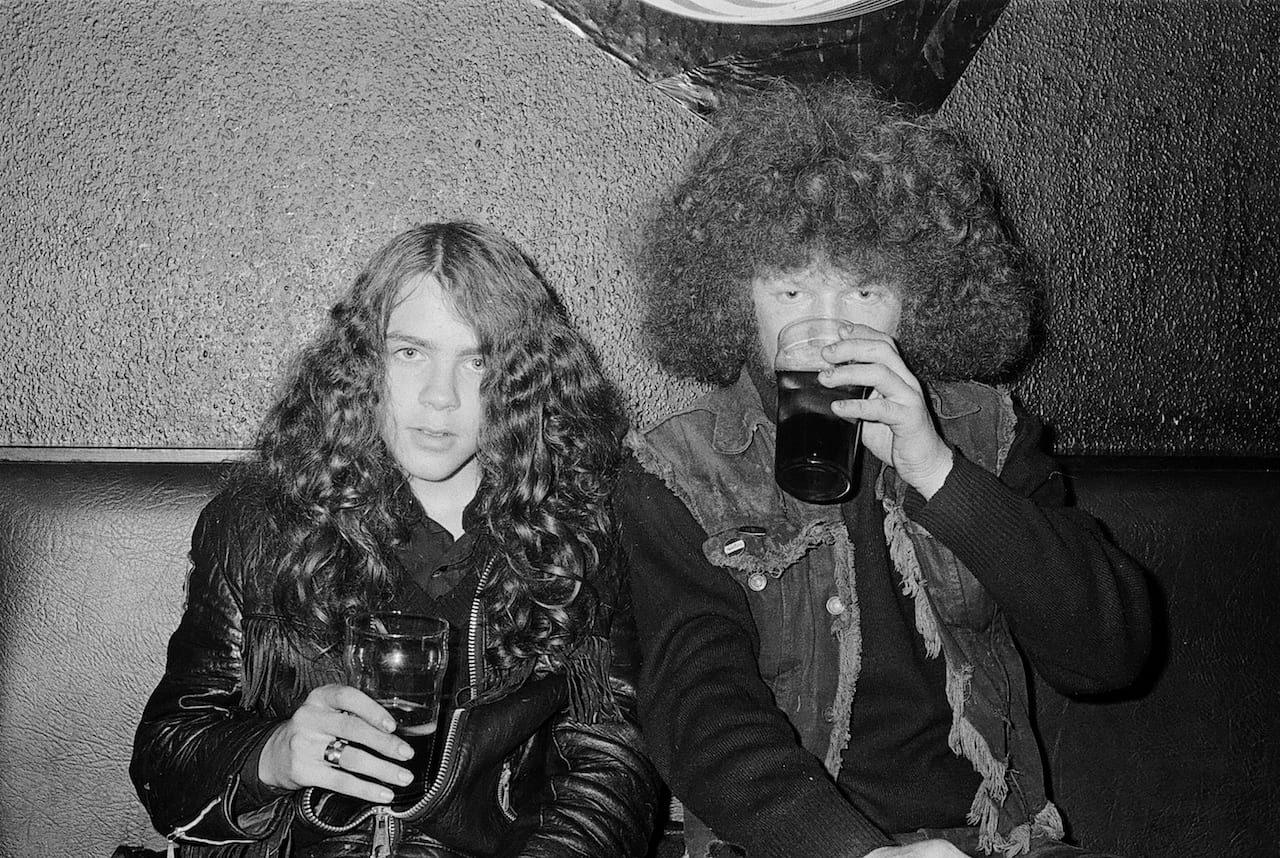
British photographer Iain McKell is publishing a book of photographs from 1976, which he shot on the side while working as a seafront photographer in Weymouth, south-west England
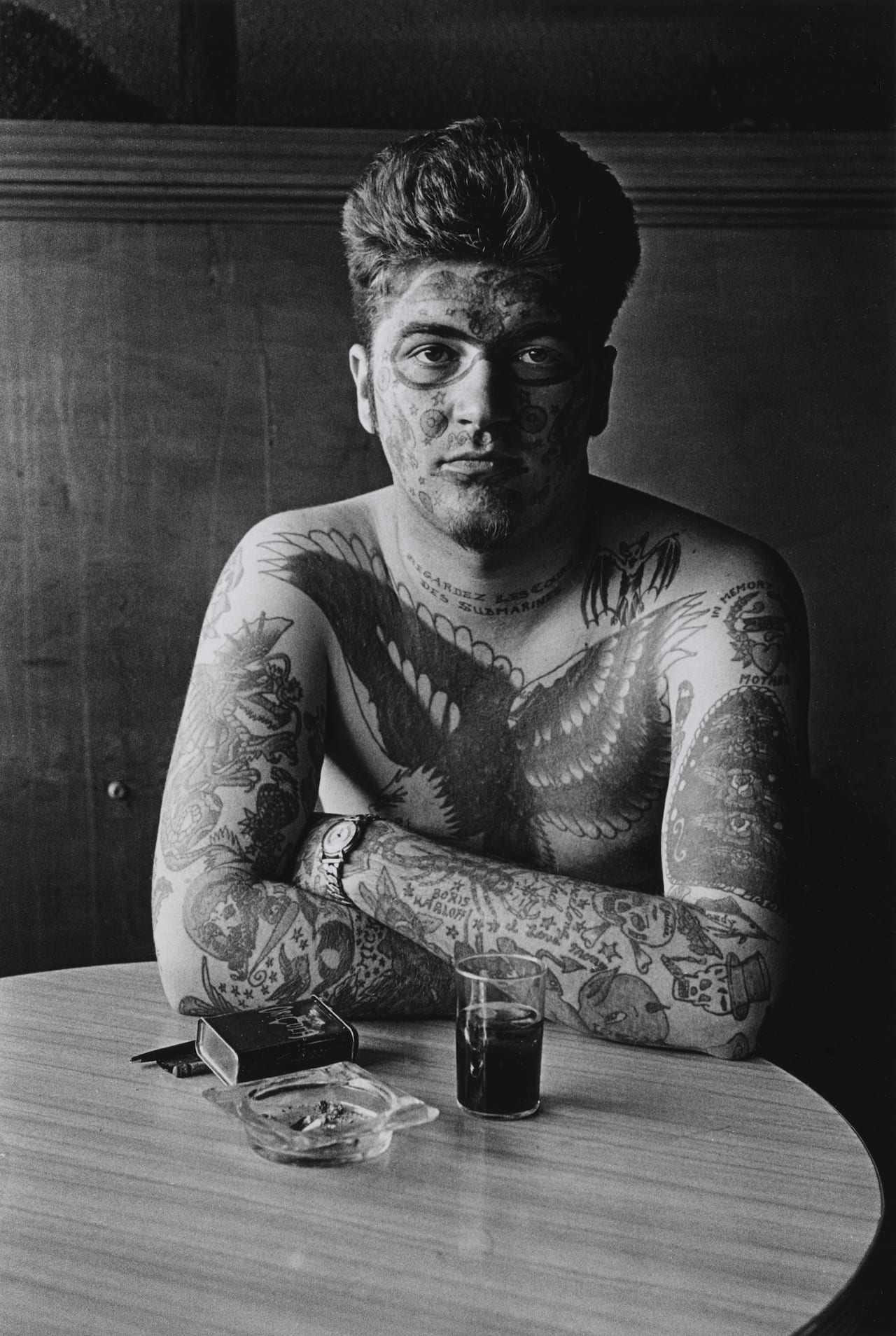
Born Diane Nemerov in 1923, to a wealthy family in New York, Diane Arbus started out in photography shooting fashion with her husband, Allan Arbus, working for magazines such as Glamour, Vogue, and Harper’s Bazaar. In 1956 she quit commercial photography – apparently announcing “I can’t do it anymore. I’m not going to do it anymore” during a spring shoot for Vogue – and took to the streets, documenting passersby, and studying with Lisette Model. Quickly finding her signature style, her work was shown in the New Documents exhibition at the Museum of Modern Art in 1967, which was curated by John Szarkowski and also included work by Garry Winogrand and Lee Friedlander.
Her portraits proved divisive, and has remained so – some, mostly notably Susan Sontag, judging it coldly voyeuristic, while others feel a sense of empathy. Arbus’ subjects often came from outside of her personal sphere, the circus, for example, or New York’s clubs, and she herself stated that her favourite thing was “to go where I’ve never been”. On the other hand, she could also find a sense of the unsettling in Central Park. In 1971, she took her own life.
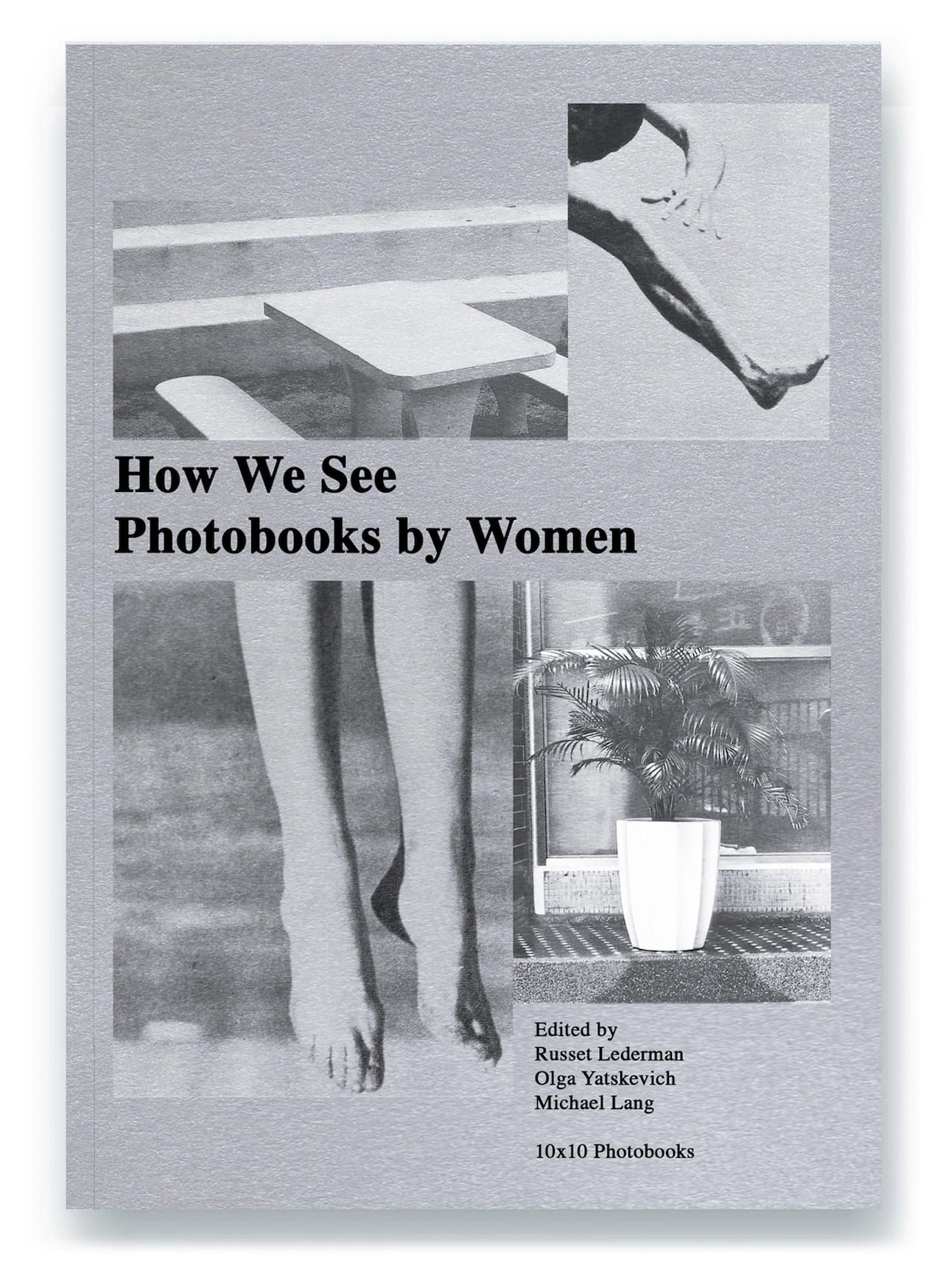
History confirms it – the first photobook was made by a woman, with British photographer Anna Atkins publishing Photographs of British Algae: Cyanotype Impressions in 1843, a year before Henry Fox Talbot’s The Pencil of Nature. Still, many historians, including Allan Porter in his introduction to The Photobook: A History, dismiss Atkins’ work as “photographic prints” rather than photography.
“Unfortunately, this is far too often emblematic of the uphill battle women photobook-makers still encounter when we talk about their history,” says Russet Lederman, co-founder of 10×10 Photobooks. “As we conducted research for the How We See project, we discovered that although women photographers produce relatively equal numbers of photobooks to men, their representation in the higher-profile sectors was, and still is, disappointing.”

The 18-year-old Hamburg Triennial will be directed for the second time by Polish curator Krzysztof Candrowicz, who moved to Hamburg four years ago and set about transforming the it, bringing people and institutions together, and determined to make it more relevant to the viewing public. The 2015 edition was, he says, “The first holistic attempt to create the collaborative framework of the festival. Before, the museums were basically highlighting their own exhibitions, but there was no actual curatorial collective structure.” The determinedly political and environmentally-conscious theme this year was inspired by an amalgamation of many factors, he says, including spending a year “away from structured, mechanised and commercial reality”, travelling around Latin America, Nepal and India. “Breaking Point became, for me, a metaphor for rapid and sometimes unexpected transformation on a personal and global level.”
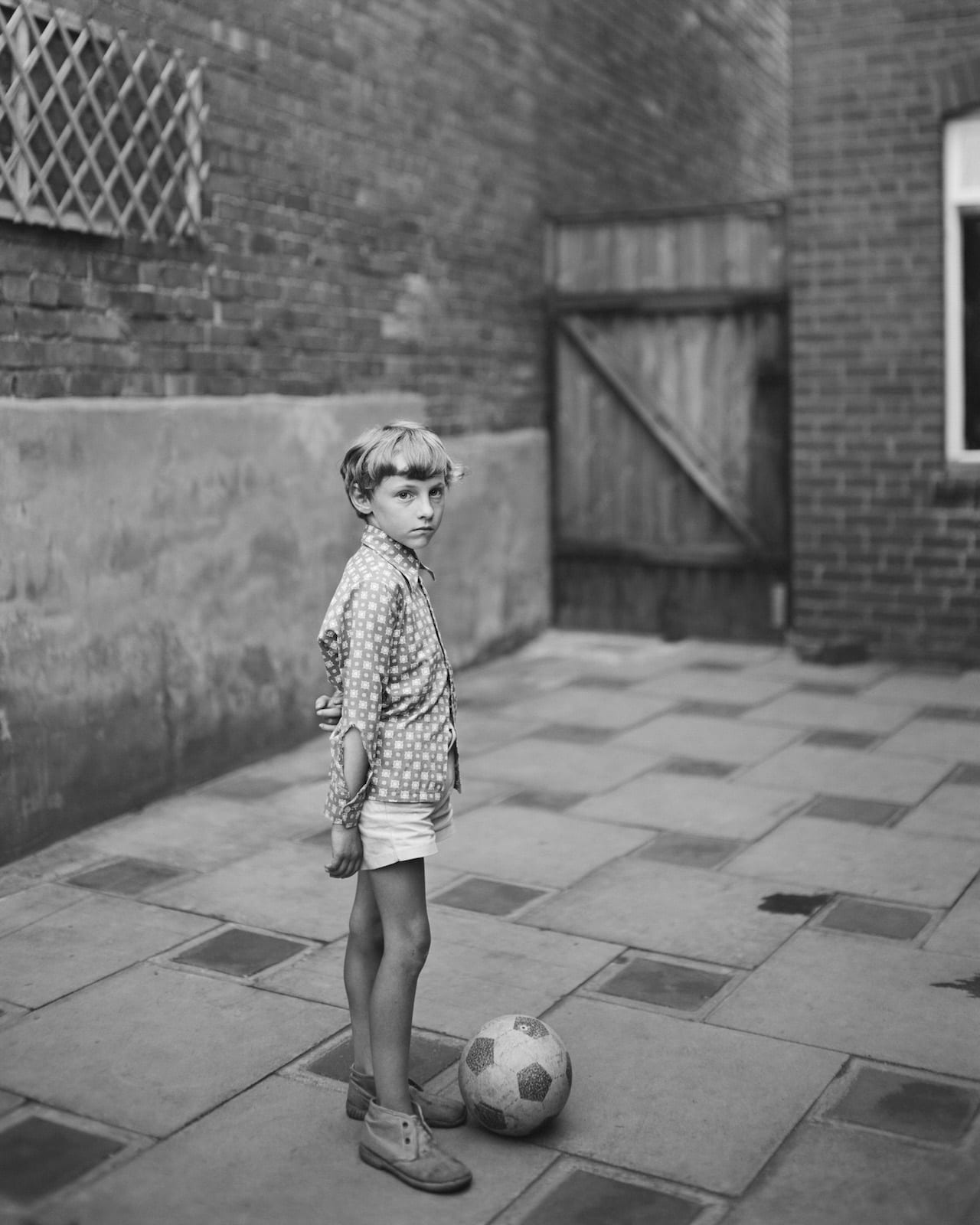
“It was a different time to now, it’s hard to remember just how scarce images were,” says John Myers. “Now you can get things on screen, in the early 1970s there was only a smattering of images available. When I give a talk, I often start by handing out a sheet of paper with a list of interests and influences in 1972-75. The names run across just half a side of A4. There aren’t that many on it, and it includes people I was interested in on the basis of one or two images.” But for Myers, this scarcity was part of the allure. After studying Fine Art with Richard Hamilton, he got into photography in 1972 “because I had never done it”; initially only familiar with Bill Brandt and Henri Cartier-Bresson’s work, as photography rapidly gained recognition in Britain he soon had access to much more. “I was so excited to come across people, when photography suddenly started emerging from the shadows and books were being published,” he says. Myers started shooting with a Mamiya but, finding it “odd” to be looking down at his waist, moved to a 5×4 plate camera and soon found his stride.
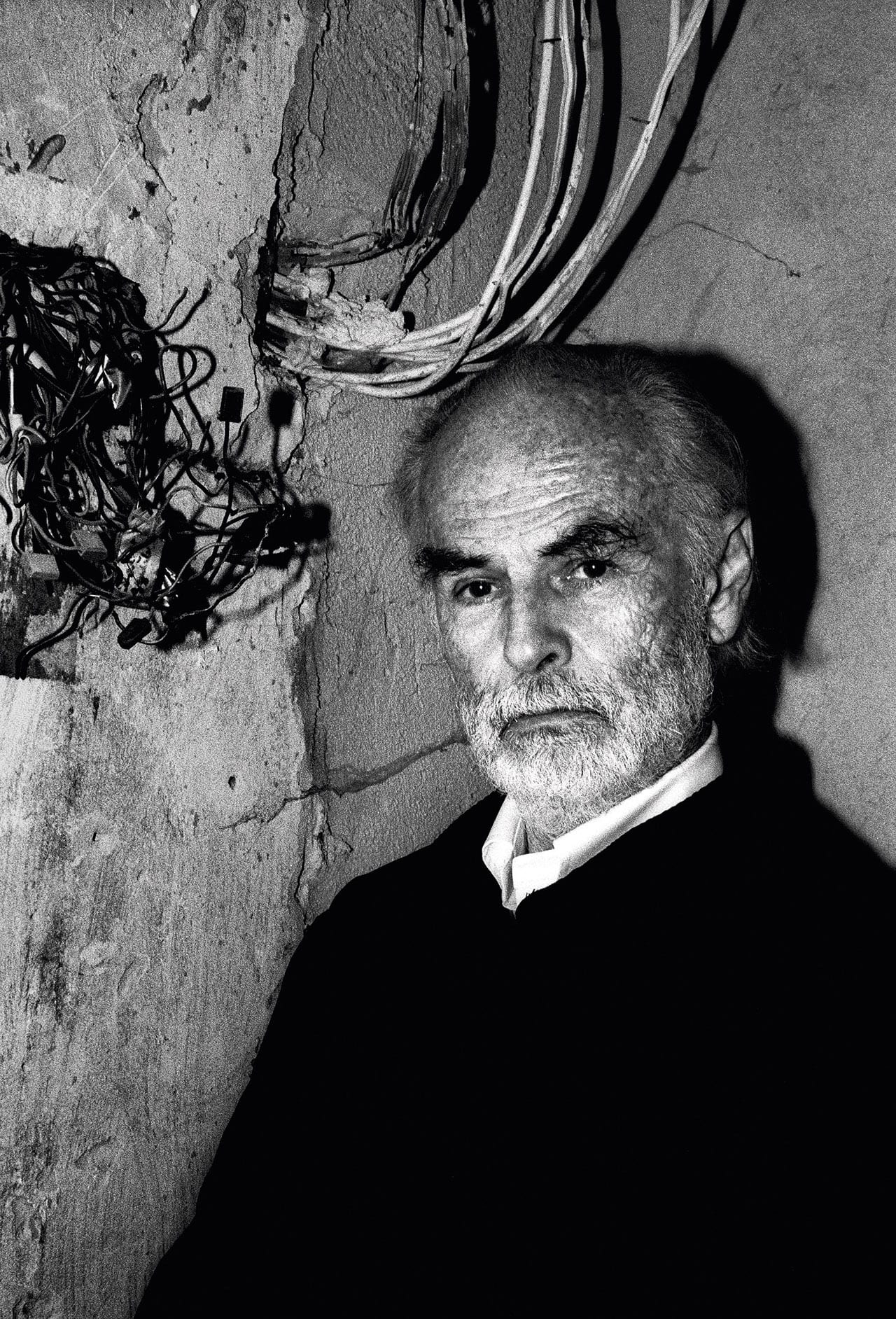
This “photographer’s photographer” is known for his measured understatement and his influential books, such as The Pond (1985) and Berlin in the Time of the Wall (2004). His latest, Looking Up Ben James – A Fable, will soon be published by Steidl, and he’s currently working on his next, The Last Days of Fontainebleau, shot in his hometown, Washington DC
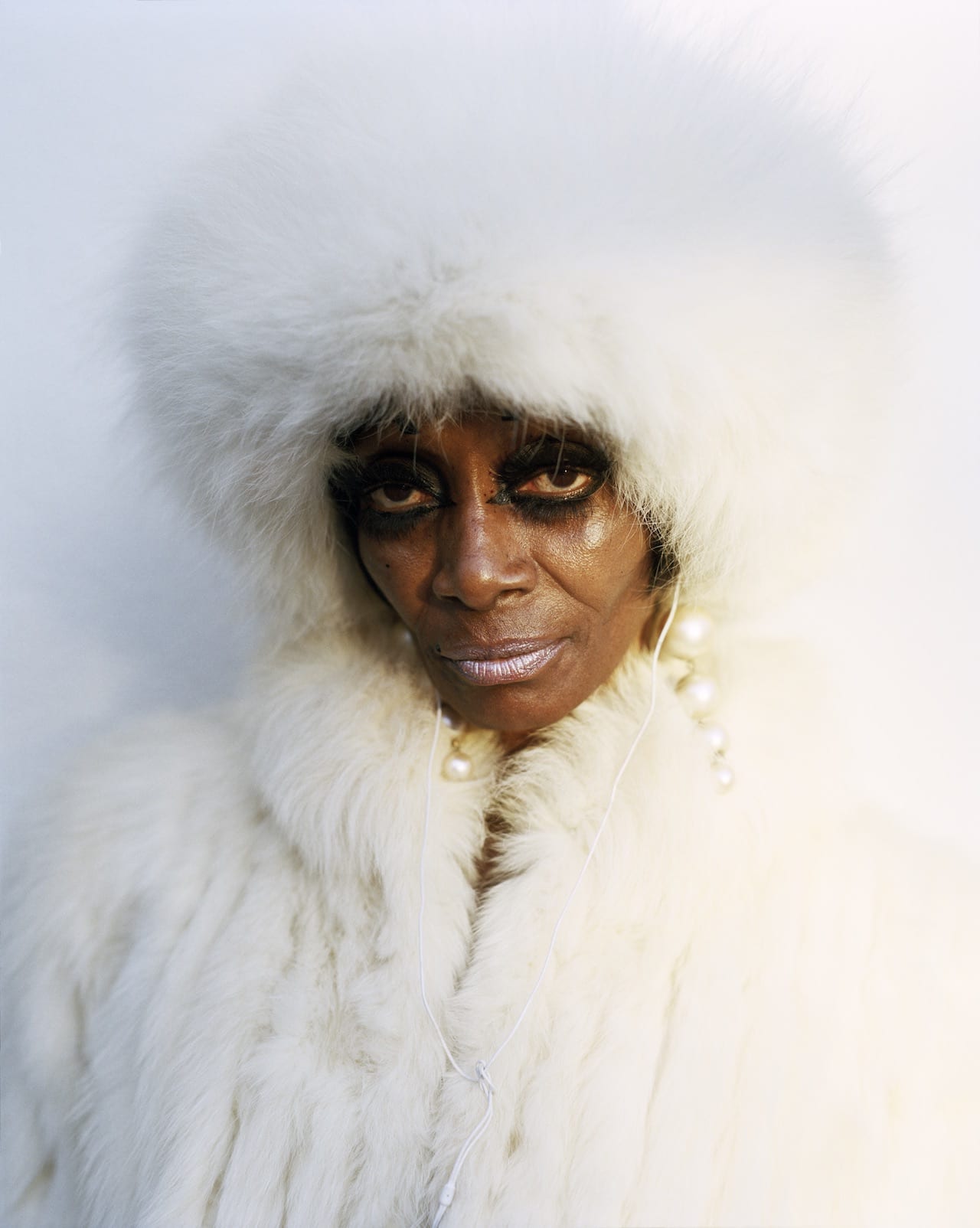
1. Gregory Halpern’s ZZYZX, published by Mack A book that merges documentary, portraiture and a…